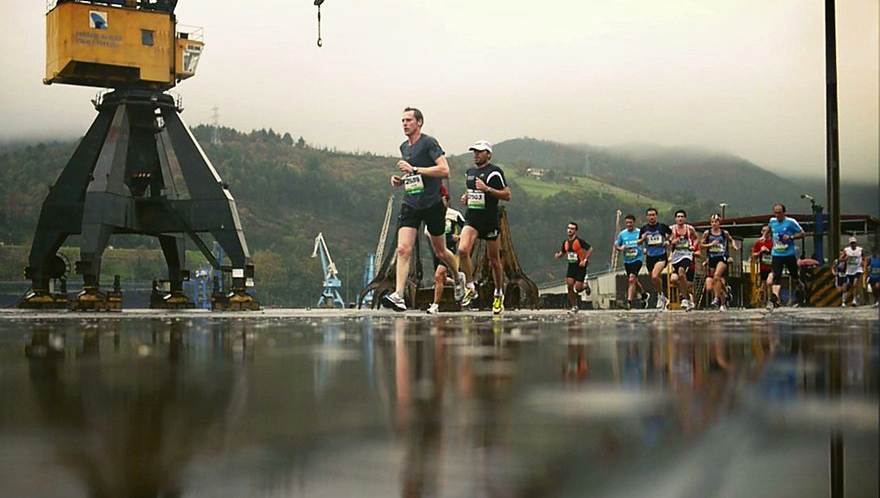
People who aren't prepared for a 20-kilometer race don't end up in the emergency room, but most of them are men between 25 and 35 years old who are used to doing sports because they're going to stop. This was assured by a doctor from the hospital of Donostia, who told us about the situation experienced in the emergency room on the day of the Behobia-San Sebastián, about the debate on medical examinations, about the importance of time…

How does Behobia-San Sebastian affect the emergency services of the hospital? “If it falls from 15 degrees, it hardly influences; if we have temperatures of 15-20 degrees, we notice something; and above 20 degrees, a lot ends in our land. The effect of the temperature is total,” says a doctor from Donostia Hospital who knows the situation very well (but cannot speak on behalf of Osakidetza, does not want to register). Above all, career day affects two services: Emergency and intensive care units.
He tells us that 2011 was a bad year, that is, that many runners ended up in the emergency room, and that 2015 was a bad year. The temperature reached 27 degrees in that year. Then they began to organize the day, to increase the personal and health means for the day of the career, to fine-tune the protocol… to be prepared for what may happen. Medicalized ambulances, for example, are numerous, such as those of the Red Cross and DYA.
"The polyclinic has limited capacity and, above all, the service for the most serious cases is very limited, so many of them go to Osakidetza"
Brokers, when purchasing the dorsal, pay for medical insurance and the career organization has an agreement with Polyclinic, but many brokers do not end up in Polyclinic, but in the public health system (Donostia Hospital): “The Polyclinic has limited capacity and, above all, the service for the most serious cases is very limited, so they are destined for Osakidetza”.
We have brought to the debate the statements that we have recently read to cardiologist Juan Carlos Portugal: “People are participating in races for which they are not sufficiently prepared, these races are being disrespected by the [20 kilometers back].” However, our interlocutor does not share the reality he has seen in Donostia-San Sebastián: the young people who are accustomed to doing sport and who are prepared to make a 20-kilometre race are the ones who have just done the most in case of an emergency, touching the clock and the mark and stretching the body to the end with a heat stroke. “The heat stroke affects the brain and collapses. Note, the corridor can have two problems: a heat stroke, and that is 90% of the cases that we treat derived from the Behobia-San Sebastián, and that of the heart, only 10% of the cases, although the latter are more striking and have greater media impact”.
"The corridor may have two problems: heat stroke, which is 90% of the cases treated by the Behobia-San Sebastián, and the heart attack, only 10% of the cases"
Medical examinations, yes or no?
That is why it is also critical of those who say that medical examination is necessary. In the French races a medical examination is required, but our interlocutor says that the test is used to detect cardiovascular problems, heart attacks, and not to avoid the vast majority of cases (heatstroke). “But often, do you know what’s behind medical examinations? Big business. And what a coincidence, that cardiologist who has mentioned me, recommends the heart tests in the interview.”
Too many people running?
In a massive race with over 25,000 runners, the data is spectacular in all areas. As for the health system, it can be a small percentage that ends in the emergency room, but in absolute numbers it is a very important amount to consider, and that is why they reinforce the services. So should the participation of the Behobia-San Sebastián be reduced? “No, because this race is more beneficial to health than the damage it produces. What you have to do is change the way you run and the culture, instead of running at the top and the clock, adjust the rhythm according to your body, time and temperature, and know how to retire. The Behobia-San Sebastián is a popular career, as it should be truly popular.”